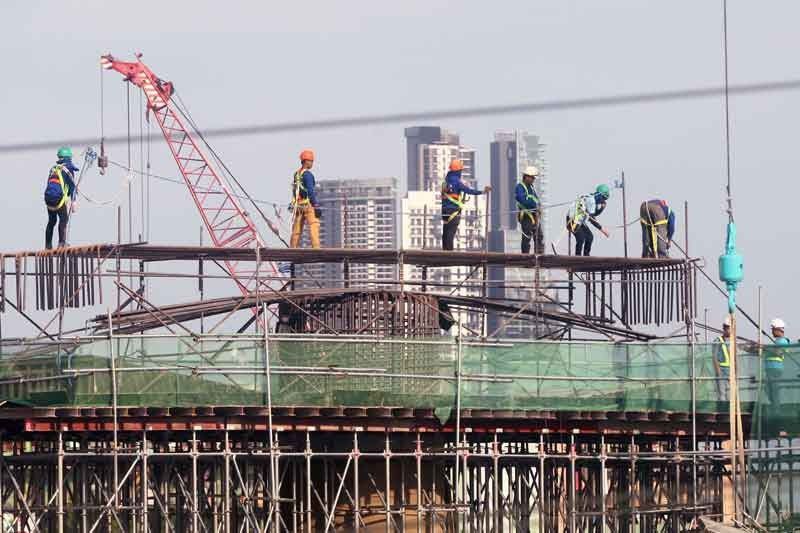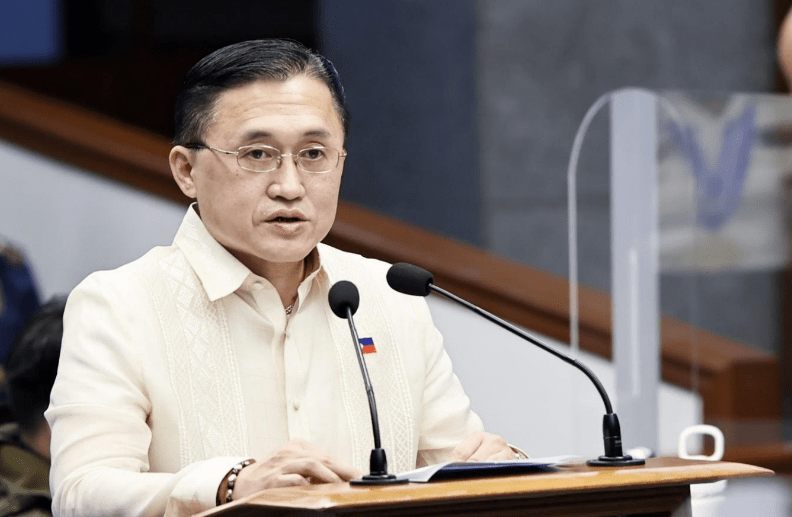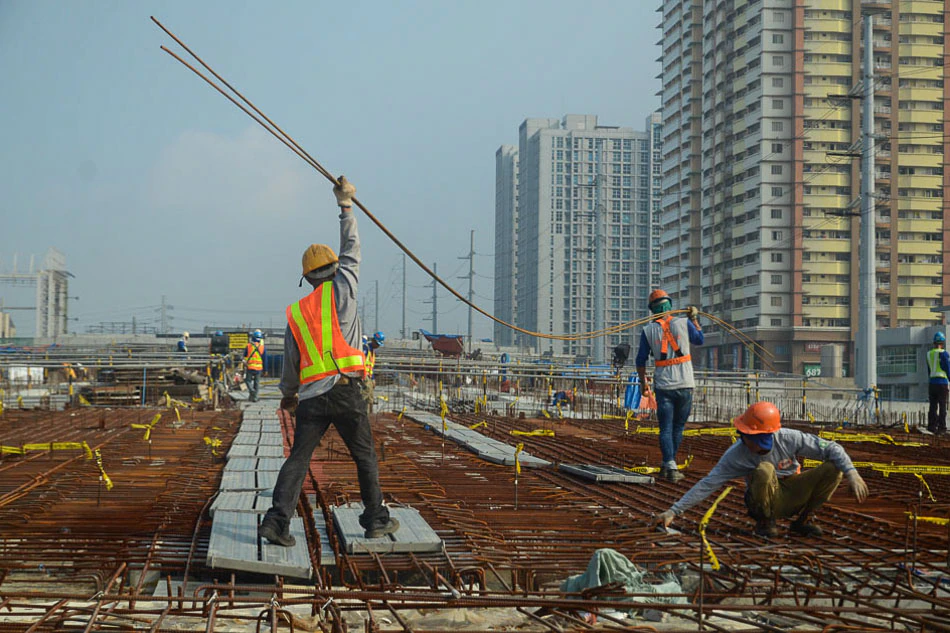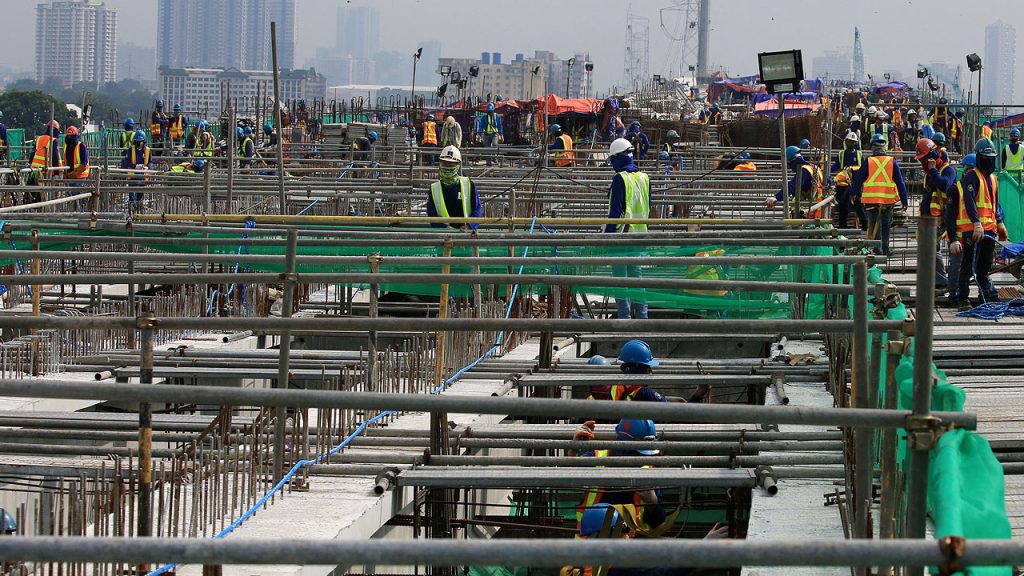Since the “golden age of infrastructure” and the “build, build, build” quote from the recent administration, and the urbanization in the Philippines, construction laws and codes have been passed to obtain safe restrictions and restrictions for every establishment in the Philippines. These laws aim to provide the answer to the increasing demand for modernization in the country. There is an increasing demand for a unified set of rules and regulations guiding the appropriate building design for safety considerations as more economic activity and disasters shift toward the real estate and industrial sectors. Some of these are The Housing and Land Use Regulatory Board (HLURB) which provides planning help and publishes standards and guidelines for zoning, land development, and land use planning, and the P.D. 1185 or the Fire Code of the Philippines, any building or structure that is designated as a firetrap or creating an obvious and present fire hazard for nearby businesses and residences shall be declared as a danger to the public.
In line with this, recently, Senator Bong Go re-opens the NBCP or the National Building Code of the Philippines and the need to be repealed. The NBCP is a basic law that is particular in form. The various reference standards, memos, and professional regulatory laws that it supports match technical experts in the job that they do.
What is the Philippine Building Act of 2022?
Last August 16, Senator Bong Go, in the House of Representatives proposed a bill known as the Philippine Building Act of 2022. This act aims to regulate the design, construction, occupancy, and maintenance of buildings, promote building resilience against fire, flood, storm, earthquake, and multiple hazards, enact a new Philippine Building Act, and other purposes. Its other objective is to replace the National Building Code of the Philippines. But what exactly is this proposed bill, what does it cover, and how would it benefit the Philippines’ particular population?

Bong Go stressed that, “Ilang dekada na po ang nakalipas mula nang maging batas ang National Building Code of the Philippines. Naipasa po ito nung 1977 at mula noon, marami na po ang nagbago at marami na po tayong natutunan tungkol sa building safety dahil sa makabagong siyensya. Panahon na po upang ating pag-aralan ang pag-update sa National Building Code na ito,” He also specified that there are several fire safety and hygienic requirements that are not covered by the current law, leaving a number of gaps and shortcomings that need to be addressed responsibly. In order to fix the issue, planned changes to ensure that all buildings and structures are constructed in accordance with the “building back better” principle. Go emphasizes that it is necessary that the possibility of the disaster repeating itself be given serious publicity when rebuilding damaged structures.

By process in the development and standards that all buildings and structures must comply with the suggested structural stability and durability built to survive disasters, Senate Bill No. 1181’s main goal is to protect the public welfare and to reduce the effects of disasters. Bong Go also stated that the country is affected by multiple typhoons each year and that this bill will solve the disaster-related issues because of how vulnerable we are to natural disasters due to our geographic location. If the bill is signed into law, The National Building official will be the main organization to take care of and be responsible for its implementation, administration, and enforcement.
Christopher Lawrence “Bong” T. Go or known as Bong Go was the special assistant to former President Rodrigo Duterte since 1998. He was in charge of both personal and work agendas and has referred to himself as an all around utility man. In September this year, Go continuously pushed through the passage of the Philippine Building Act of 2022 to ensure the stability of the infrastructure in the country. In accordance with this, Go has also filed Senate Bill No. 193, or the Mandatory Evacuation Center Act which aims to ensure that families who have been affected by a disaster can seek refuge in evacuation centers that are organized, safe, and provided with the necessities. Go also the National Housing Development, Production, and Financing Act that seeks to reduce the country’s housing backlog through continuous funding support.
What You Need to Know About Senate Bill No. 1181
This bill is supposed to mandate quality infrastructure through design, construction, maintenance, and durability in natural disasters and man-made disasters, however, there are several specific entities that are greatly affected by this law. This includes the United Architects of the Philippines of UAP. The UAP made a number of comments and suggestions about the bill. The suggestions made by the UAP in support of the other technical professionals are valid since the proposed basic law should be clear in protecting public safety from the outset. The draft bill does not specifically address any of the building professions. There is no explanation of the roles and responsibilities of each building professional. As a result, there will be uncertainty later on in the IRR. Additionally, the word “structural” appears 45 times in this bill, which is supposed to be a technical regulation yet makes no reference at all to architectural, electrical, plumbing, sanitary, or electronic engineering. It appears to be a fair representation of the industry’s various professions. A fundamental law must be simple, concise, and straight to the point.

The provision of this bill shall be applied to the following: design, location, siting, construction, alteration, repair, conversion, use, occupancy, maintenance, moving, demolition, or addition to public and private building structures. First, all the infrastructure and local amenities must adhere to the principles of safe construction and fit for which they are designated also, buildings that are for business and manufacturing shall maintain environmental safety measures, be sanitary, and be a good working place. In accordance with the site requirements, land which will be the construction of any infrastructure must be safe and hygienic. A location such as near bodies of water, polluted areas, volcanic vicinity, or buildings for human occupation, must be highly maintained and abide by the general building requirements.
However, this bill does not and must not affect our traditional tribes and indigenous families. Also, the building that existed before the passing of the law is not affected except when alterations and additions are to be made.

Do you want to see more content like this in the future? Subscribe to Pinoy Builders for FREE today and stay in the loop for the latest news and updates on the Philippine construction industry.
Sources:
- Torregoza, H. (2022, September 26). Bong Go: Amendments to Nat’l Building Code a must for safer, disaster-resilient communities. Manila Bulletin. https://mb.com.ph/2022/09/26/bong-go-amendments-to-natl-building-code-a-must-for-safer-disaster-resilient-communities/
- NATIONAL BUILDING CODE OF THE PHILIPPINES MALACAÑANG Manila ADOPTING A NATIONAL BUILDING CODE OF THE PHILIPPINES THEREBY REVISING REPUBLIC ACT NUMBERED SIXTY-FIVE HUNDRED FORTY ONE. (n.d.). https://www.dpwh.gov.ph/DPWH/files/nbc/PD.pdf
- Gutierrez, D. (2022, August 21). Bong Go refiles proposed enhanced Philippine Building Act. INQUIRER.net. https://newsinfo.inquirer.net/1650476/bong-go-refiles-proposed-enhanced-philippine-building-act
- Bong Go refiles proposed enhanced Philippine Building Act – Journal News. (2022, August 22). Journal Online. https://journalnews.com.ph/bong-go-refiles-proposed-enhanced-philippine-building-act/










